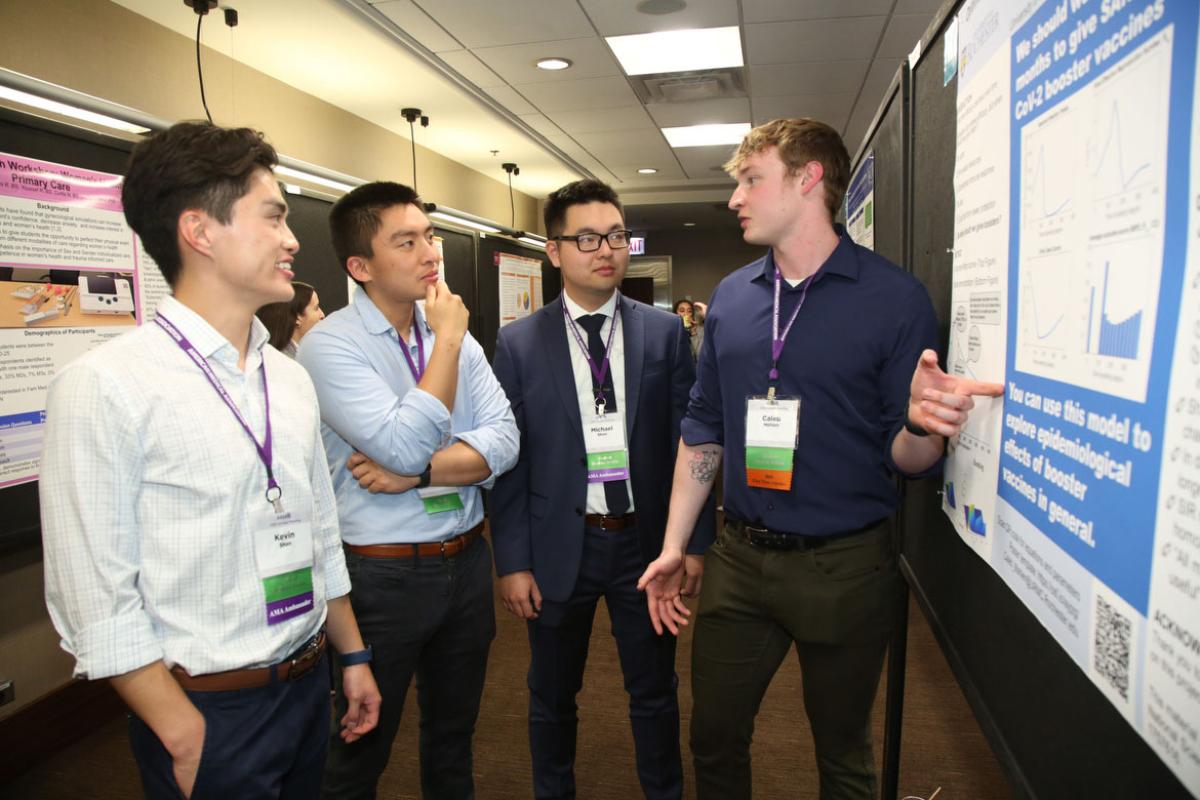If you’re preparing for the United States Medical Licensing Examination® (USMLE®) Step 2 exam, you might want to know which questions are most often missed by test-prep takers. Check out this example from Kaplan Medical, and read an expert explanation of the answer. Also check out all posts in this series.
A 24-year-old male college freshman comes to the physician for a routine checkup after his first week of finals. During the interview, the patient discloses that this past week has been “crazy.” He begins by describing how “dangerously fast” he has been driving. When asked to be more specific, the patient apologizes for not hearing you and comments on the paintings in the examination room. He admits that his attention has been lacking because he is “thinking so much.”
Still, he says that he has made frequent trips to the library and has been able to “stay up all night to study without a problem,” which he feels compensates for his inattention during the last week of lectures. He states confidently that he probably “aced” each examination. He digresses to describe the intricate architecture of the library, confused about why he only recently noticed it. Physical examination is unremarkable except for tachycardia and dilated pupils. Which of the following is the most likely diagnosis?
A. Adult-onset attention deficit hyperactivity disorder (ADHD).
B. Bipolar I disorder.
C. Bipolar II disorder.
D. Cyclothymic disorder.
E. Delusional disorder, grandiose type.
F. Stimulant intoxication.
The correct answer is F.
Kaplan Medical explains why
The diagnosis is stimulant intoxication (e.g., amphetamine) because that is the only option that can cause the symptoms seen in this patient—for example, elevated mood, decreased need for sleep, increase in goal-directed activity, distractibility, inflated self-esteem and racing thoughts—together with the physical finding of tachycardia and dilated pupils.
What is the question asking?
The question is asking for the most likely diagnosis given this patient’s presentation.



